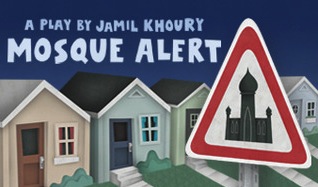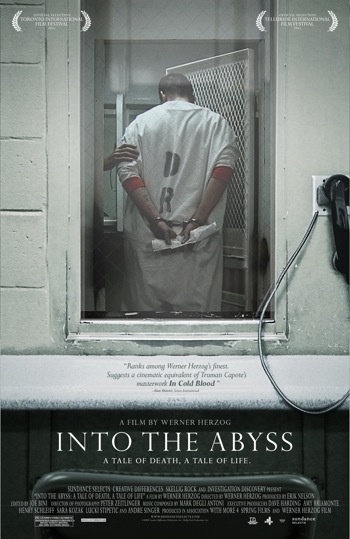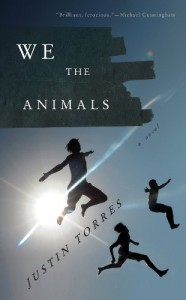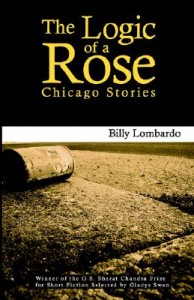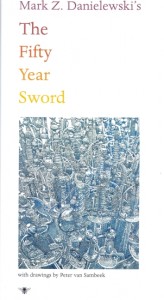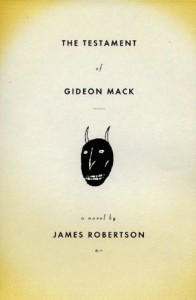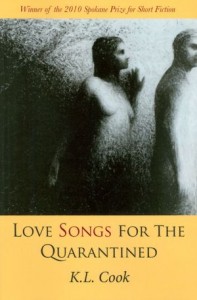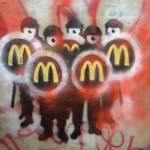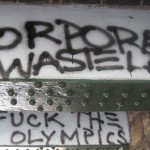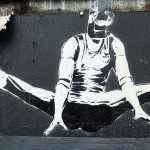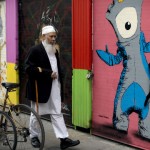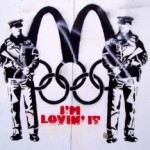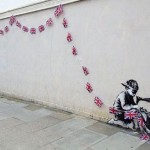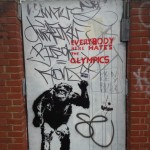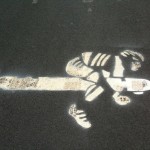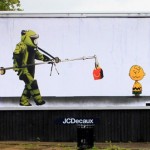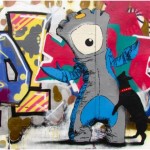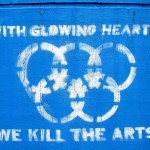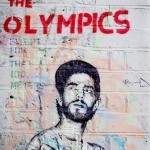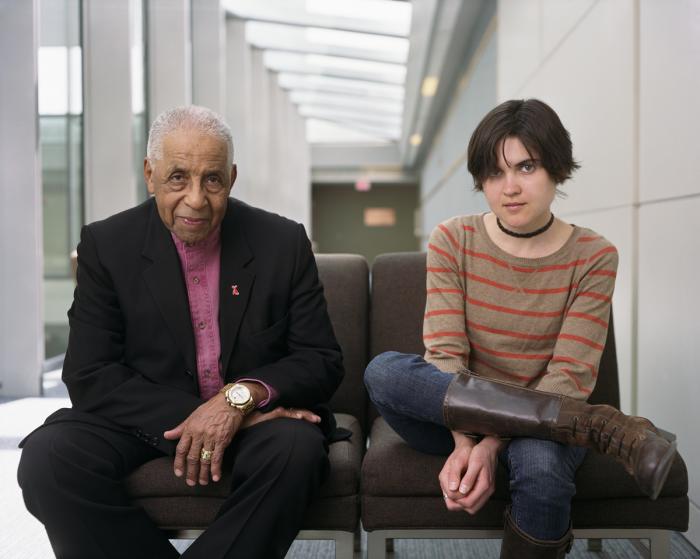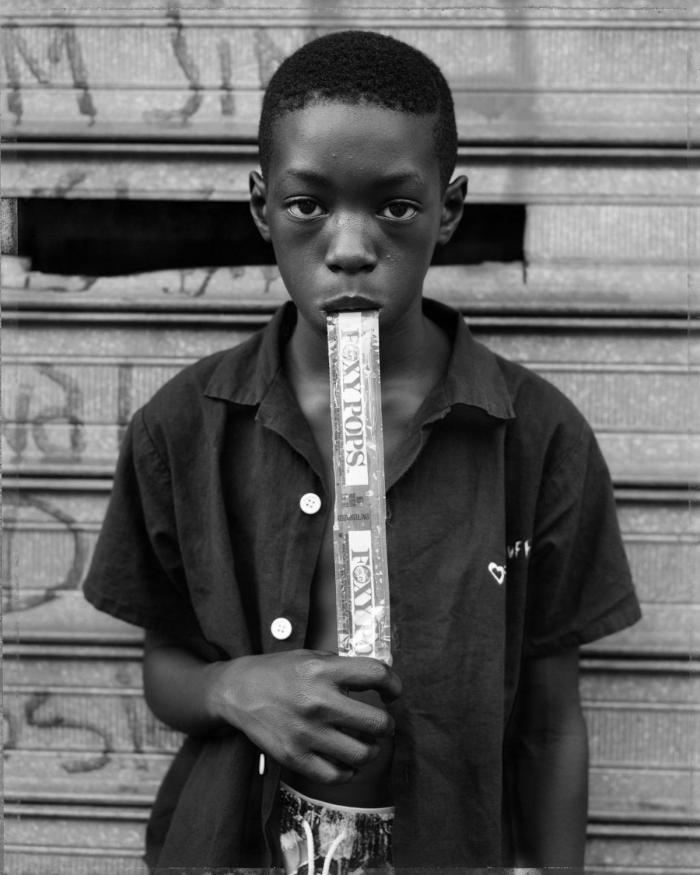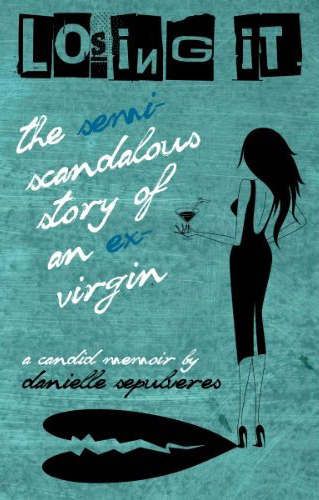Kong Screen Printing: Printing Things on Stuff…

Composite No. 9 Function comes out in just over a week. To get ready for the issue, I had a brief conversation with Ryan and Bruce of Kong Screen Printing. Kong is a top notch screen printing shop in Austin, TX, real life home to the Dylan Panthers, amongst other note worthy things. Ryan, Bruce, and myself all have worked out of the same screenprinting Co-Op (Artist Screen Printing Cooperative) in Austin, which for over two years has been home to a number of great artists forming relationships and sharing ideas. Kong is one of these stories, and we are excited to be including them in our upcoming issue.
Composite: What is Kong Screenprinting? How did the two of you come together and decide to make what you are today?
Ryan Kong: Kong Screenprinting is a customer service focused screen print and design shop based in Austin, TX. We specialize in high quality art design, screen printed apparel, and paper prints.
We met through the Austin Screen Printing Co-Op, were be both served on the board. Bruce had an extensive background in textile printing and had started Kong Screen Printing at the beginning of 2011, focusing on high quality textile printing.
Ryan had been printing fine art limited editions and collaborating with visual artists for over 15 years, as well as producing his own limited edition prints. He was the director of a university affiliated, non profit press and had relocated to Austin.
Bruce Kong: After several discussions and working on a few small projects together, we realized that we shared many of the same goals and our printing backgrounds complimented each other very well. Together we are able to bring a fine art approach to commercial printing, which allows us to give our customers a very unique service experience and printed product.
C: During SXSW last year you guys got alot of buzz around a certain t shirt asking people NOT to move to Austin. Obviously this is a show of love and desire to maintain Austin as it is the rest of the year. How’s the Austin community as far as your work goes?
RK: In a word – AMAZING! Austin has such a great energy that comes directly from the people who live here and who want to keep this place unique and local.
BK: The conflict between growth and “keeping things the way they are” is something that every great thing goes through. In this case, so many people are moving to Austin because the culture here is unique and amazing. The questions that loom around this issue are large and there is not one right answer to them all. We just know we can keep doing things that we think are cool and unique, and help promote the culture that we think makes Austin unique.
C: How do you see graphic design and Screenprinting “stuff” in the broader dialogue of what’s happening in Austin’s art scene? What about art communities in general?
RK: I’ve been working in screenprinting for a long time and am really excited to see how well it is being utilized by printers and artists across the nation right now. Perhaps more than any other time period since Pop Art, people are embracing this medium and realizing how limitless it is for production and expression. This is partly because there is so much digital imagery and printing around us, and screenprinting provides a physical difference that people can see and feel.
It’s also because many of the old debates that fueled Pop Art (i.e. what is commerce? What is Art? Where do they intersect?) are not the hot bed issue they once were in academia. I don’t think that is the debate any longer because people realize that good art goes hand in hand with good business.
I credit fashion and extreme sports with a lot of this new understanding. Jimbo Phillips was a huge influence on me and a lot of people I talk to who are interested in screenprinting seem to come at it from a similar well spring of influences.
BK: I think the awareness of t-shirts as good design and art has really developed in the past few years as street art has gained prominence in the artistic world. Artists like Shepard Fairey and David Choe have really embraced t-shirts as a way to spread their art. Also, sites like Threadless and Designed By Humans have helped raise the general level of consciousness that a well designed t-shirt has merit and is worth spending good money on.
C: How do you juggle running the day to day designing and labor of running a print shop with your personal work. Do you make that distinction in your practices?
RK: I wised up and realized “You can’t do everything by yourself!”
Having Bruce as a collaborator, business partner and co-designer just feels right. We seem to come at everything from a completely different perspective, yet wind up at the same conclusions. His sense of humor is something easy for me to play off of and I think.
BK: You can say that again! I had done everything by myself for a year before partnering with Ryan, and you can only take your business and your art so far on your own. Ryan has helped really push my design into new areas and given me a whole new perspective of screen printing’s role as an artistic medium. Plus, it’s great to have someone to hear my jokes and smirk accordingly.
I see no real difference between the commercial and the artfulness of my practice, aside from the audience perhaps.
C: Going forward, you’ve mentioned you plan to push that kind of stuff you can print things on… What’s in the works for kong going forward?
RK: I want Kong to be the best shop in Austin. Having over 25 cumulative years of printing experience between us makes me very confident that we can print whatever someone sends our way.
A few months ago we worked on a huge installation with Jiha Moon at Saltworks Gallery in Atlanta. It was really fun and challenging because she basically asked me to print wallpaper on the wall. Printing vertically was a new experience and it came off so well. People were REALLY excited by the installation. Printers and artists who know how to screenprint were also really enthusiastic.
At this point in my printing craft, I feel very confident I can figure out how to print whatever I need to print. For the most part, I seldom worry about that part of “what’s next;” I’m really most concerned with expanding the realm of potential projects based upon new ideas and approaches as much as I am with the elasticity of the medium.
BK: From my perspective, our customers are what dictates “what’s next,” we just do our best to keep up! One of my favorite things is when someone comes to us with a unique request and asks “can you print on this?” Someones we can’t for one reason or another, but more often we are able to say – if you’re willing to let us experiment, we’ll figure out a way to do it. This creates a very memorable experience for our customers and helps us grow as printers.
